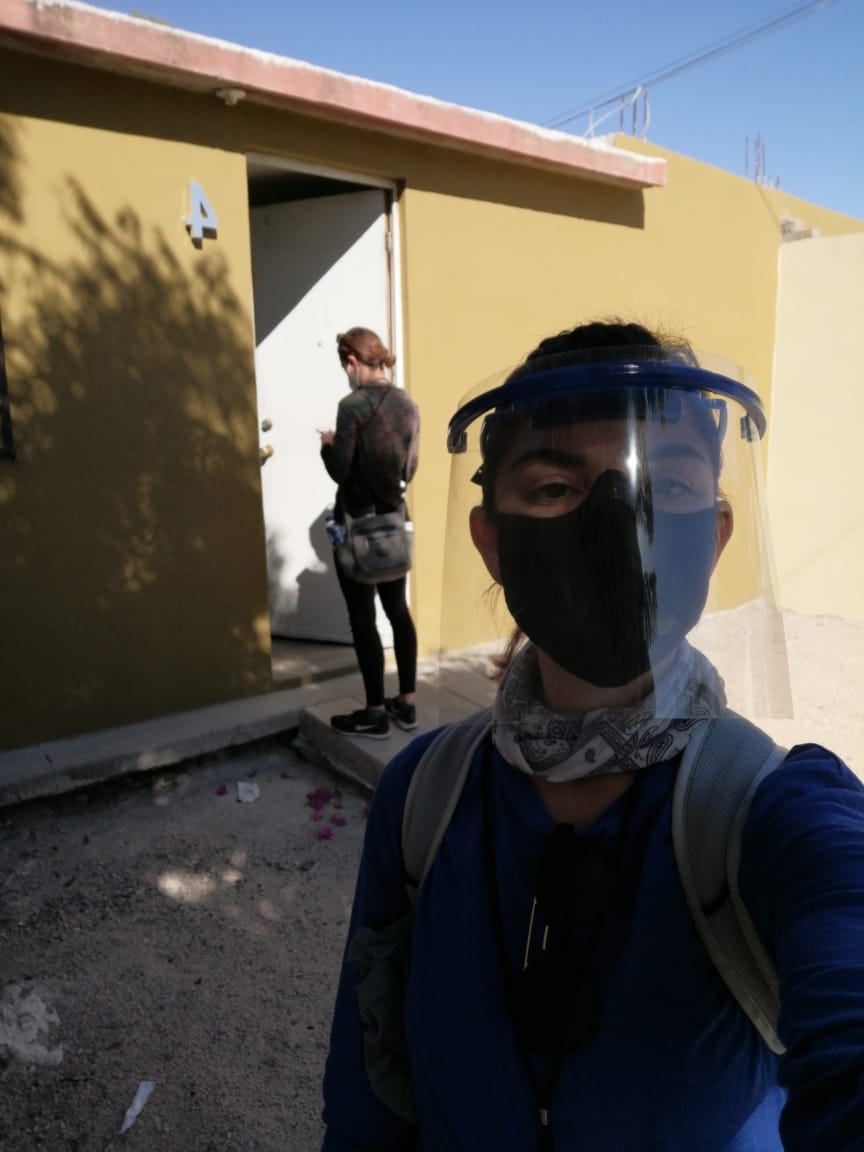Management for the identification of biodiversity and participatory and motivational management for the restoration of Protected Areas.
SILAPE participation
Secretaría de Medio Ambiente y Desarrollo Agropecuario Envigado
In addition to the formality and territorial planning related to the Local System of Protected Areas, the municipality, based on environmental management, developed the following components as a highly important strategy:
- Promotion of incentives for community and landowner participation to restore natural protective vegetation that improves ecological connectivity and functionality.
- Awareness-raising and education actions to promote knowledge of the biodiversity of municipal ecosystems and the importance of SILAPE as a strategy to conserve this functionality and strategic ecosystems.
- Identifying the biodiversity of the different groups as fundamental knowledge to take actions for their conservation and encourage participation in conservation and conservation decisions in land use planning.
- Actions to protect endangered fauna in sites of connectivity disruption and vulnerability of highly important fauna species. Includes implementation of aerial wildlife crossings (61 installed).
- The knowledge of local biodiversity based on technological tools that generated videos and clear images made it possible to see the important and abundant biodiversity of species, thus allowing unusual conservation decisions to be made in a territory that is part of a Metropolitan Area with high urban growth.
- The environmental management of the Secretariat of Environment in the different periods of governance has included the issue of Protected Areas as a component of high importance.
- Ecosystem conservation depends on local enthusiasm and identification of the importance of biodiversity and strategic ecosystems.
- Management plans and conservation proposals must be included in land use plans.
- Protected area management should be approached from a regional perspective so that each municipality takes the model and implements it in its own municipality with a logic of connectivity and ecosystem globality.
- The participation of research institutions in the biodiversity identification process and in the formulation of protected area projects is of great importance; it avoids doubts about the importance and certainty of the proposals.
- Community participation motivated by the evidence of biodiversity and the functionality of ecosystems is of great importance to keep alive the enthusiasm for its dissemination and knowledge.
